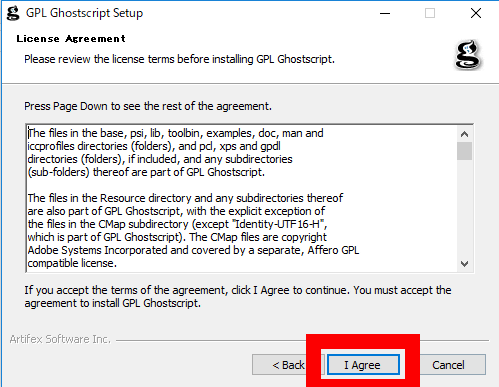

This won't work in Scribus (or most other DTP programs). If a new page is necessary, the word processor will create it. You probably know what happens if you create a new file in a word processor: The program you're working with creates a new page and you can start typing. Step One: Creating a Document and a Page Background You can select this palette under Color Sets in the Edit Colors dialog: Here we need a swatch called “Scribus X11”.

The default color palette is called “Scribus Basic”, as you can see in the dialog. Make sure that no document is open, then go to Edit > Colors. The Scribus logo from your Scribus install directory.īefore you start, you need to select the appropriate color palette for the project.Rembrandt's self-portrait from Wikimedia.The " Gentium and " Bitstream Vera Sans fonts installed on your computer.If you want to follow the description provided here, you need: For that purpose, you can see how a simple front page of a magazine for an imaginary Rembrandt exhibition is being created. 1.4 Step Four: Adding the Publishing “Company”īefore we start explaining Scribus in depth, it might be useful to get a “feeling” for the way Scribus works.1.2 Step Two: Inserting the Cover Picture.1.1 Step One: Creating a Document and a Page Background.


 0 kommentar(er)
0 kommentar(er)
